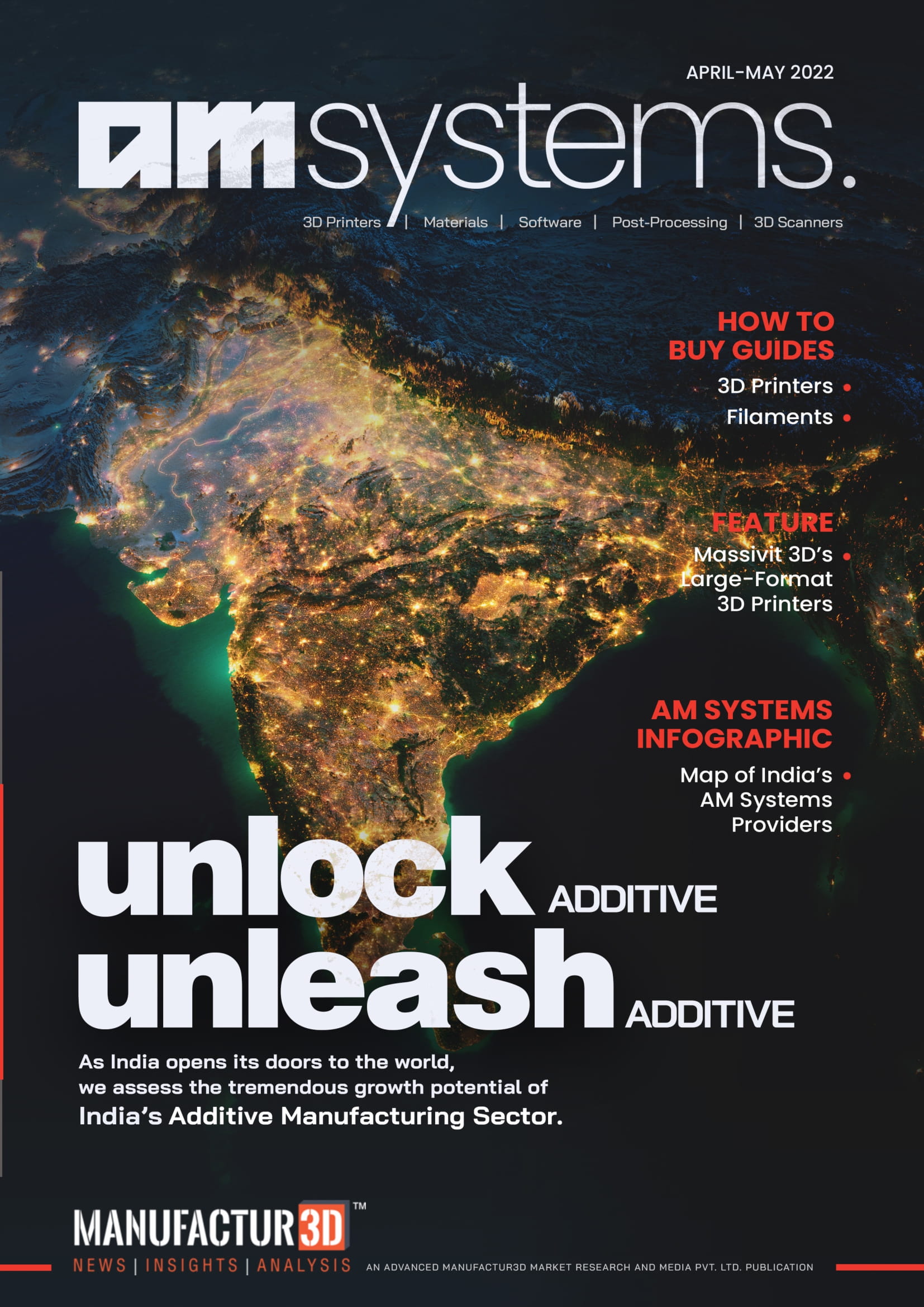
A new nano-scale metal 3D printing method has been developed by a research group at the University of Oldenburg, Germany, under the direction of chemist Dmitry Momotenko. The researchers hope to use this to greatly increase the surface area of the battery electrodes and significantly shorten charging times.
Liaisan Khasanova, a chemist, needs just under a minute to transform a regular silica glass tube into a printing nozzle for a unique 3D printer. The chemist closes the flap and presses a button after inserting the 1mm-thick capillary tube into the blue device. The nozzle is ready for use when there is a loud bang a short while later.
“A laser beam inside the device heats up the tube and pulls it apart. Then we suddenly increase the tensile force so that the glass breaks in the middle and a very sharp tip forms,” said Khasanova, who is working on her Ph.D. in chemistry in Oldenburg’s Electrochemical Nanotechnology Group.
The incredibly tiny nozzles are required by Khasanova and her associates in order to print incredibly tiny three-dimensional metallic structures. This implies that the openings of the nozzles must be equally small—in some cases, only a single molecule can pass through.
Nano-scale metal 3D Printing Method

Dr. Dmitry Momotenko shared that they are trying to take 3D printing to its technological limits and want to assemble objects atom by atom.
According to Dr. Momotenko, Nanoscale 3D printing opens up “amazing opportunities”. For metal objects in particular, he can envisage numerous applications in areas such as microelectronics, nanorobotics, sensor and battery technology.
Dr. Momotenko added, “Electroconductive materials are needed for all kinds of applications in these areas, so metals are the perfect solution.”
While 3D printing of plastics has already advanced to these nanoscale dimensions, it has proven more challenging to produce tiny metal objects. For many cutting-edge applications, the printed structures produced by some techniques are still a thousand times too large, and when using other techniques, it is impossible to create objects with the required level of purity.
Momotenko shared, “A liquid salt solution becomes a solid metal – a process which we electrochemists can control very effectively. This same process is used for chrome-plating car parts and gold-plating jewellery on a larger scale.”
This method needs to be adapted to the nanoscopic scale, which calls for considerable creativity. The small lab run by the group on the Wechloy campus attests to this. Three printers with smaller key components than typical 3D printing systems are present in the lab.
Battery potential
The simplest geometric forms produced by 3D printing are columns, which the Oldenburg researchers have successfully created in printing tests. They can also print spirals, rings, and various overhanging structures. Currently, the technique can print with copper, silver, nickel, nickel-manganese, and nickel-cobalt alloys.
They have already delved deeply into the nanoworld in some of their experiments. In Nano Letters (2021), Momotenko and a group of international researchers revealed that they had created copper columns with a diameter of only 25 nm, breaking the 100 nm barrier for 3D metal printing for the first time.
Dr. Momotenko’s plans for his nanoprinting technique include laying the foundations for batteries that can be charged a thousand times faster than current models. And if this can be achieved, then one could charge an e-car within seconds.
He is already pursuing an idea that is at least 20 years old. The idea is to significantly shorten the ions’ pathways within the battery while it is being charged. The electrodes, which are currently flat, would need a three-dimensional surface structure to accomplish this.
The objective of his NANO-3D-LION project is to create active battery materials with incredibly small structural features using cutting-edge nanoscale 3D printing techniques.
About Manufactur3D Magazine: Manufactur3D is an online magazine on 3D Printing. Visit our Tech News page for more updates on Global 3D Printing News. To stay up-to-date about the latest happenings in the 3D printing world, like us on Facebook or follow us on LinkedIn and Twitter.



